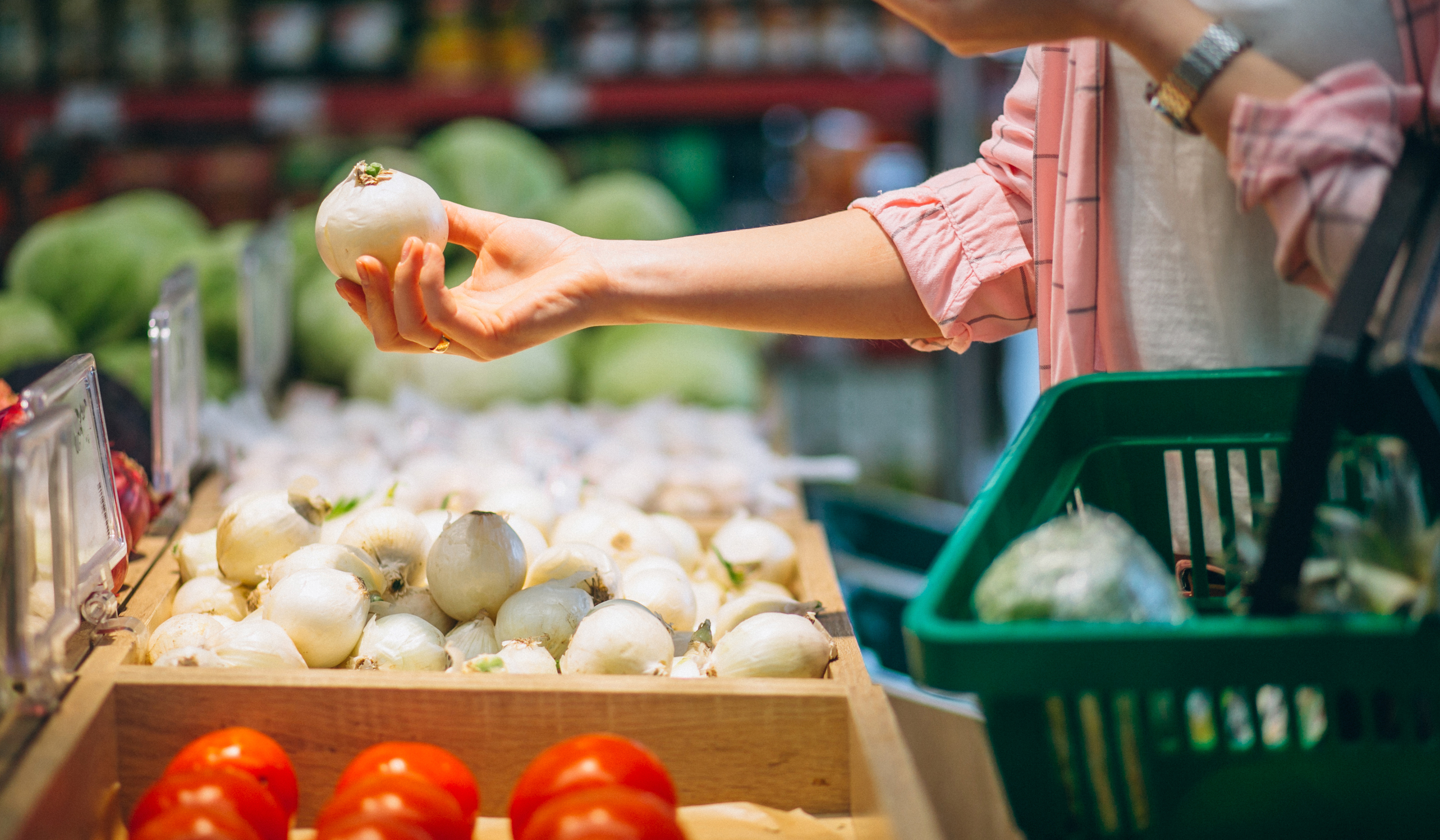
Cash flow is the lifeblood of every business, from the sari-sari store to the multinational bank. To generate cash flow, most businesses need to be able to move their products, which means that, for groceries and supermarkets, slow-moving products can be disastrous. These create major obstacles to cash flow, eat up valuable shelf space, and present negative return on investment. What’s a grocer to do?
If you run a grocery and have come across items that people seem to dislike or avoid, this is the article for you. Here are some strategies that you can use to get those sluggish items off your shelves and into your shoppers’ carts and baskets.
Holding a sale is one of the best ways to turn slow-moving items into hot bargains that fly off the shelves. There are many ways to stage a sale: as a celebration for a particular holiday; for the commemoration of an important day in the life of the store, like its anniversary; as part of a regionally observed sale event, like on one of the particular day/month pairings (3/3 or on the third of March, 11/11 or the eleventh of November, and so on); and pretty much anything else that creative store managers can think of.
Clearance sales in designated sections of the store are especially popular for budget-conscious shoppers looking for good deals. Some groceries even forego having regularly scheduled sales and just maintain a section of their selling space as their clearance section.
One of the most common ways to get slow-moving items to sell is to bundle them together with other items. There are several ways to do this. Here are some of them:
Slow with Fast
One strategy you could use is bundling your slow-moving item with another item that’s fast-moving, then pricing the bundle at a discount versus buying the two items separately. Doing this may require the clearance of the brand managers of the items first, but this could present a quick way to flush out sluggish stock.
Lots of Slow
Another strategy for getting slow items sold is simply by bundling a lot of them together and offering them at a discount. While the revenue you’re likely to generate per piece will be less than selling them individually, you’ll at least be able to move the product off your shelves and generate some cash flow in the process.
Slow with Partner
Some products are naturally complementary to other products: milk and cereal go together, for example, as do coffee and cream. Finding product pairings like this could help you reposition a slow moving product as a necessary part of enjoying another product in the minds of your customers. You could also combine this strategy with the Slow with Fast strategy for greater effectiveness.
Try Remerchandising
Sometimes, the only reason customers don’t pick up a particular product is because they don’t know where it is. Simply moving sluggish products to a different location could cause them to sell quicker.
Well-managed supermarkets and groceries should rearrange their shelves on a regular basis anyway, but if after rearrangement, certain products still refuse to be sold, other interventions might be necessary. Speak with the brand managers or sales agents of those products, and keep them apprised of their situation.
Most grocery stores offer rental prices for shelf space at the ends of aisles, often referred to as aisle caps or gondola ends; perhaps these products’ managers would like to rent them out? This gives your store the opportunity to earn twice: for any possible product sales, and also from the rent you charge for use of the gondola end. This strategy can also work for small items placed near the checkout counter. Ensure that your customers can easily pay for items no matter their price or quantity. Using the Maya ONE device at your checkout counter is a quick and easy way to accept a host of payment methods.
If certain items refuse to be moved on their own, maybe you can use them as inducements to get customers to buy more instead. This strategy is known as gift-with-purchase (GWP), and is an effective way to reposition slow-moving items and to get them to move. To execute this, announce a promotional activity for your store saying that customers with a single-receipt purchase of a certain amount are entitled to a free gift. Then, when their receipts reach the target value, give the slow moving item as the gifts.
The effectiveness of this strategy depends on several factors, including whether or not you decide to announce what the GWP will be for reaching the target receipt value, and whether most shoppers accumulate enough items to be close to the target receipt value in the first place. If the GWP isn’t considered especially enticing or is something that shoppers actively dislike, this could backfire. This strategy would also be difficult to implement if the target receipt value far exceeds a typical shopper’s basket value, making it unlikely that they would reach the target at all.
If after multiple trials, certain products still refuse to be sold, then maybe your store can win some community goodwill for itself (and a potentially valuable tax credit as well) by simply donating the slow-moving products to a local charity. You can improve your store’s profile in the community by doing this, especially if you post about it on your social media feeds.
Maya, the country’s leading payment gateway, is happy to facilitate all payments for items of all kinds. Grocery stores and supermarkets would benefit most from Maya QR, which allows shoppers to pay for their purchases via QR code. This payment method is secure, easy, fast, and most importantly, contactless.
Merchant inquiries:
Maya is powered by the country's only end-to-end digital payments company Maya Philippines, Inc. and Maya Bank, Inc. for digital banking services. Maya Philippines, Inc. and Maya Bank, Inc. are regulated by the Bangko Sentral ng Pilipinas.
www.bsp.gov.ph